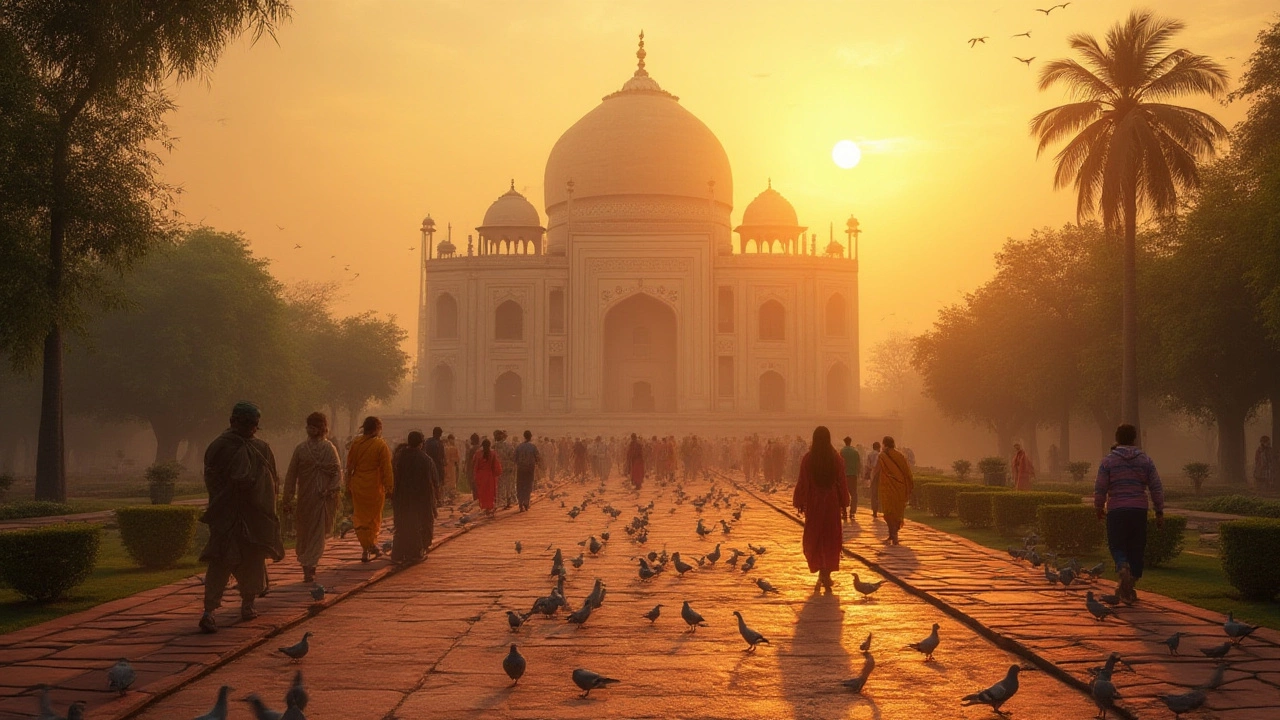
Indian National Monument: Facts, History, and Surprising Stories
Explore the story behind the Indian national monument—its origins, hidden stories, cultural impact, design secrets, and tips for visitors.
When we talk about national heritage, the collective traditions, artifacts, and practices that define a country’s identity and history. Also known as cultural heritage, it’s not just about stone temples or ancient texts—it’s the songs sung in village squares, the dances performed during harvests, and the sweets shared during Diwali. In India, national heritage lives in the rhythm of Carnatic music, the colors of Karakattam, and the stories told under temple gopurams.
Tamil culture is one of the strongest keepers of this heritage. While other regions celebrate their own versions of festivals and rituals, Tamil Nadu holds onto traditions that stretch back over two thousand years. Take Karthigai Deepam, a temple festival of lights unique to Tamil communities. It’s not just a version of Diwali—it’s a distinct ritual with its own myths, oil lamps, and community processions. Or consider Tamil folklore, the oral traditions of spirits like the Jalpari and the rhythms of bol banao singing. These aren’t relics. They’re alive—in homes, in schools, in street performances during temple fairs.
Even when global trends push toward homogenization, Tamil communities hold fast to their roots. The blue skin of Krishna isn’t just art—it’s a symbol tied to ancient Vedic texts. The 15-day Navratri celebrations in Tamil Nadu follow different rules than in Gujarat. And Ayurveda? It’s not just wellness—it’s a system of healing passed down through generations of Tamil healers, even as modern science questions its safety. These aren’t isolated practices. They’re threads in a larger tapestry of Indian national heritage, woven tightly by people who refuse to let their language, music, and rituals fade.
What you’ll find in the posts below isn’t a list of tourist spots or museum exhibits. It’s the real, messy, beautiful work of cultural preservation. From why sweets are given during Diwali to how a nonsense song in rural Tamil villages carries centuries of emotion, these stories show that heritage isn’t something you visit—it’s something you live.

Explore the story behind the Indian national monument—its origins, hidden stories, cultural impact, design secrets, and tips for visitors.